The Japanese cuisine, healthy and delicious, has gained popularity in recent years! With its savory taste, its freshness and its exoticism, it seduces the greatest restaurants. Moreover, Top Chiefs 👨🍳 do not hesitate to take inspiration from it.
Dreaming of such delicious dishes as sushi, tempura or mochi? Discover without further ado the list of the best traditional Japanese dishes.
1. 🍣 Sushi: the iconic Japanese dish

Who doesn't know the famous sushi, that typical Japanese dish that has crossed many borders? This delicious dish made of vinegared rice (shari) with raw fish (neta) and soy sauce has become the star of Japanese cuisine in Western countries. There are many variations: tuna sushi, salmon sushi, shrimp sushi, avocado sushi, cucumber sushi or cream cheese sushi... there is something for everyone!
Among the different types of sushi, we distinguish :
- nigirisushi: rice ball covered with a slice of fish or omelette, which is consumed in a single mouthful
- makizushi: a roll of rice with vinegar and filling, surrounded by a sheet of nori seaweed
- Temakizushi: a type of maki in the shape of a cone, which is eaten with the hand
- Sashimi: a piece of raw fish or seafood cut into thin slices
- Chirashizuchi: sashimi served with vegetables and vinegared rice
- California roll: a kind of inverted maki with a seaweed leaf inside and covered with sesame seeds
2. 🍝 Ramen, soba and udon: Japanese noodles

After the Second World War, noodles, which are both hearty and economical, became part of the Japanese staple diet. There are many varieties, but ramen, soba and udon are the most common. These noodles can be eaten hot, cold, plain or soaked in broth.
- Ramen are long yellow noodles made of wheat flour and eggs. It is always served in a broth of miso, meat or fish.
- Soba are buckwheat noodles served with soy, mirin and dashi sauces. They are the traditional dish of New Year's Eve: toshikoshi soba.
- Lastly, udon are thick wheat noodles with a white color.
3. 🥣 Miso soup: the everyday broth

Among the list of the most popular Japanese dishes, this broth is one of the most popular! This traditional Japanese soup is made of miso (fermented soybean paste) and dashi (broth made of konbu seaweed and dried bonito). Other ingredients such as vegetables, tofu, spring onions, mushrooms, wakame (seaweed used in Asian cuisine), beef or shrimp can be added. In Japanese restaurants, miso soup is served as an appetizer or as a side dish.
4. 🍤 Tempura: stuffed fritters

Inspired by a Portuguese dish, tempura is an assortment of fritters stuffed with vegetables (zucchini, carrots...), fish (cod, fried fish...) or seafood (oyster shrimp, shellfish...). Tempura batter is similar to pancake batter and creates a thin crispy crust around the fried food. A true delicacy! This Japanese culinary specialty is often accompanied by rice.
5. 🍙 Onigiri: the Japanese sandwich

This typical Japanese dish is a kind of sandwich made of vinegared rice wrapped in a nori sheet. It can be shaped like a triangle or a hand kneaded ball. Traditionally filled with fermented plum (umeboshi), a wide variety of onigiris can be found in konbinis today: tuna mayonnaise, salmon, eel, raw vegetables... This Japanese snack, once appreciated by samurais, fills many Japanese bento boxes.
6. 🍚 Donburi: the rice bowl with filling

Its name refers to "big bowl" in the Land of the Rising Sun. It is a typically Japanese culinary preparation based on white rice and various ingredients. Grilled or breaded meats, raw fish, vegetables, condiments... all simmered in a sauce and served in a rice bowl.
There exist a number of different donburi dishes:
- Unadon with eel fillet and soy sauce
- Oyakodon with chicken, eggs and onions
- Gyudon with beef strips
- Katsudon with breaded pork
To make these recipes at home, Japan Avenue offers genuine Japanese dinnerware made in Japan.
7. 🥩 Yakiniku: the Japanese barbecue

Yakiniku means "grilled meat" in Japanese. This is a cooking method that originates from Korea. The meat (often beef, pork or chicken) is cut into thin slices and dipped in a soy, sake, sesame oil or miso sauce. The grill is placed in the center of the table for guests to heat their marinated meat. Yakiniku is a great way to enjoy a good meal and a good time.
8. 🍢 Yakitori: the Asian skewer
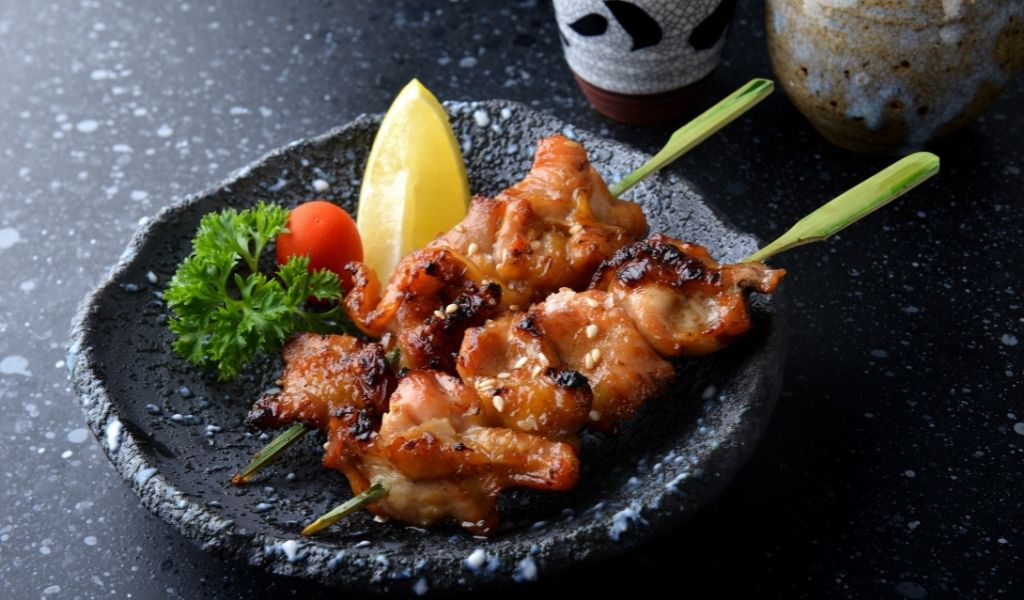
These are caramelized meat skewers with a sweet and salty sauce. Pieces of chicken are skewered on a bamboo stick to form bite-sized pieces. They are then grilled and wrapped in a sauce made of mirin, soy and sugar. All parts of the chicken can be used. Thus we cook yakitoris with the leg, the wing, the skin, or even the liver. A real treat!
9. 🥙 Okonomiyaki: the Japanese pancake

Very popular in Osaka, the okonomiyaki, which stands for "grilled as you like", is a dish that you can customize the way you want. The dough is made of flour, eggs and dashi to which is added white cabbage and various ingredients of your choice: meat, cheese, mushrooms, shrimps... The whole thing is cooked in a pan like a pancake. The pancake is then brushed with Okonomiaky sauce also called Bulldog sauce. Lastly, it is seasoned with red ginger, mayonnaise and dried bonito (available in Asian grocery stores).
10. 🫓 Taiyaki: the Japanese waffle

Its name means "cooked sea bream" and for good reason: this cake is shaped like a fish. Crunchy on the outside and tender on the inside, taiyaki is a kind of pancake filled with anko (sweetened red bean paste) or custard. You can find this Japanese specialty in yatai (stands) of Japanese festivals. It is such a success that some restaurant chains have made it their flagship product.
11. 🦑 Takoyaki: octopus dumplings

This Japanese street food dish is emblematic of the Kansai region. Takoyaki literally means "grilled octopus". It is a type of okonomiyaki that takes the form of doughnut dumplings filled with octopus and served piping hot.
12. 🫕 Sukiyaki: the Japanese fondue

This typical dish from the archipelago features very thin slices of beef sautéed in a large pot with vegetables (onions, leeks, Chinese cabbage, shiitakes etc...) along with Sukiyaki sauce. Other ingredients such as tofu or noodles may also be added. The pot is placed in the center of the table so that all the guests can serve themselves. This Japanese dish is traditionally eaten with a raw egg.
13. 🍲 Nabemono: the archipelago's pot au feu

In Japan, nabe refers to culinary preparations that cook in a pot or large pan. This category includes fondues and hot pots. You know... those winter meals, particularly copious, that we enjoy with family. Nabemono is a Japanese specialty made of vegetables simmered in a fish broth. Most often, the stew is placed at the table on a stove to maintain its temperature.
14. 🥟 Gyosa: Japanese ravioli

Meaning "stuffed pasta" in Japanese, these raviolis, originating from China, will amaze your taste buds when they are home-made. The traditional gyoza recipe is a cabbage-based dough that is filled with spicy and well-seasoned pork stuffing. Gyoza is a Japanese culinary specialty not to be missed!
15. 🍗 Karaage: Japanese-style nuggets

A great classic of Japanese cuisine, karaage are fried chicken legs. The pieces of meat are boneless and marinated in a sauce made of soy, ginger, sake and other condiments, without their skin. These crispy and tasty bites will definitely make you forget about McDonald's nuggets!
16. 🍴 Tonkatsu: fried pork from Japan

This is a Japanese dish made with breaded pork that comes fried in a pan with oil. The breadcrumbs made with flour and eggs add a deliciously crunchy note. In the archipelago, "ton" means pork and "katsu" is a word derived from "cutlet". This lucky Japanese dish is usually served with cabbage and mustard seeds (karashi), in addition to the traditional rice bowl and miso soup that accompany it.
17. 🍳 Omurice: the rice omelet

As the Land of the Rising Sun opened up to the rest of the world, Japanese cuisine took inspiration from Western influences. This is how the omerice, a mix of omelette and rice, has been introduced in the izakaya (Japanese bistros) almost 100 years ago. The traditional recipe consists of rice sautéed with chicken surrounded by omelette and topped with ketchup.
18. 🍜 Oden: Japanese hot pot

This typical Japanese dish is a variety of nabe (Japanese stew) that is widely eaten in cold season. It contains white radish, eggs, tofu, fish noodles and other ingredients. The whole is cooked for a long time in a dashi and soy sauce broth. This winter dish is served hot in yatai and is ideal for warming up.
19. 🥘 Chankonabe: the sumo stew

This is a particularly high calorie dish eaten by sumo wrestlers since the 19th century. Very rich in protein, chankonabe is a nabe stew in which chicken, beef, fish, tofu, white radish, Chinese cabbage and mushrooms are simmered. And how to accompany this dish? Rice and a Japanese beer please!
20. 🍡 Mochi: the sticky cake
 This Japanese dessert of Chinese origin is made of sticky rice filled with red bean paste. Declined to infinity, you can find mochi flavored with cherry blossom, matcha, sesame, etc. Mochitsuki is the dish of the gods and is eaten during the holidays, especially during the New Year. Moreover, mochitsuki refers to the preparation ceremony of this festive cake. Both delicious and soft, this pastry is often accompanied by tea. Enjoy but... be careful not to choke!
This Japanese dessert of Chinese origin is made of sticky rice filled with red bean paste. Declined to infinity, you can find mochi flavored with cherry blossom, matcha, sesame, etc. Mochitsuki is the dish of the gods and is eaten during the holidays, especially during the New Year. Moreover, mochitsuki refers to the preparation ceremony of this festive cake. Both delicious and soft, this pastry is often accompanied by tea. Enjoy but... be careful not to choke!
With this top 20 traditional Japanese dishes, you will have something to get inspired, to diversify your meals and make your guests travel!!

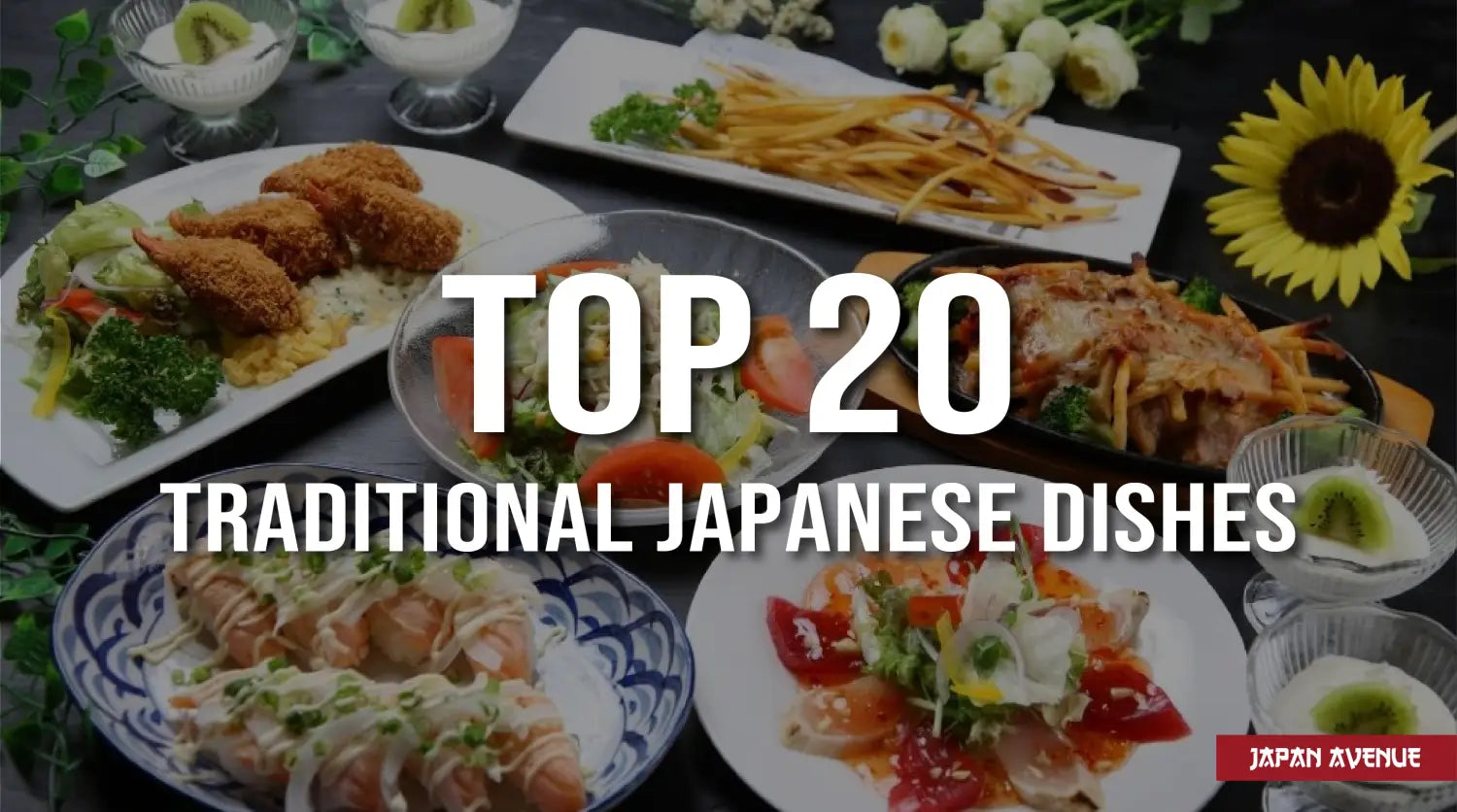
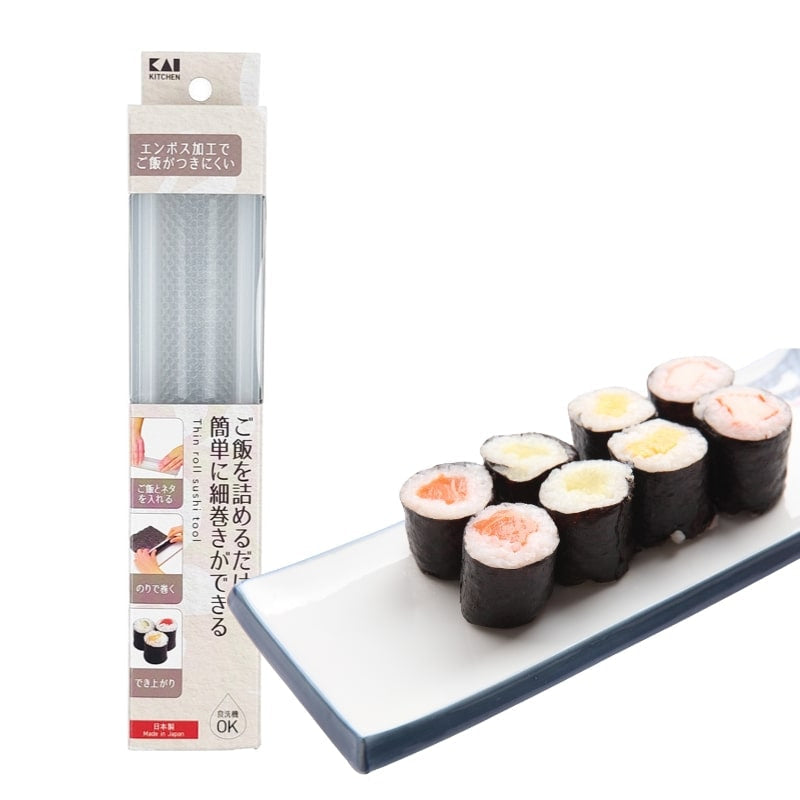
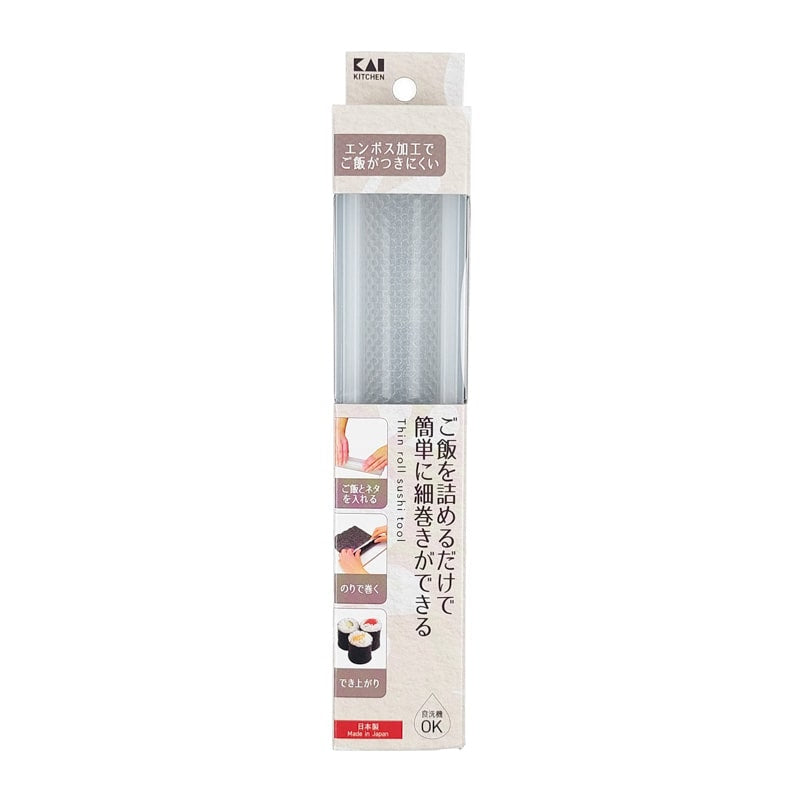
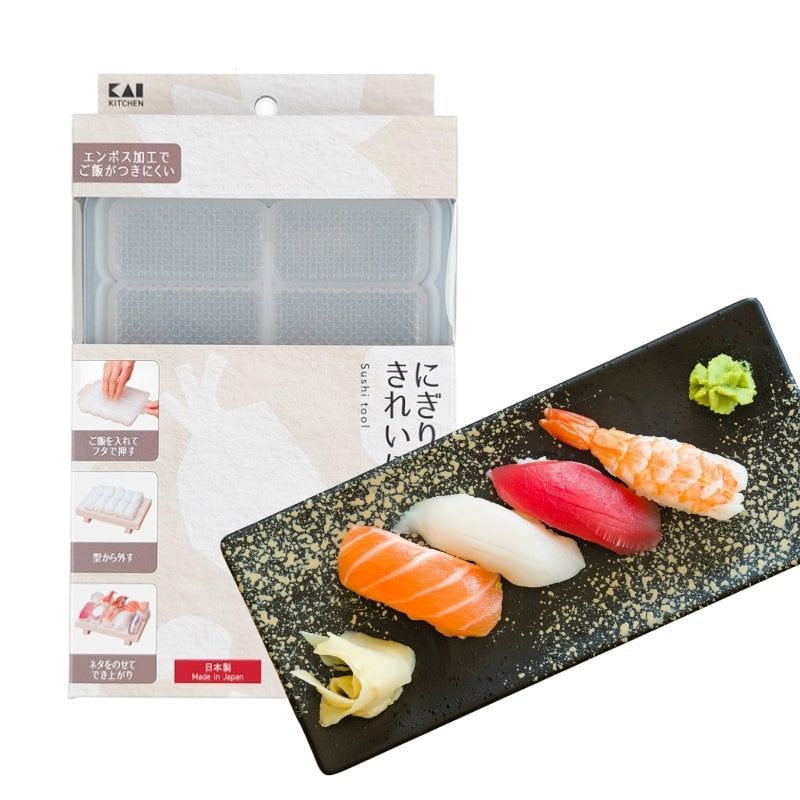
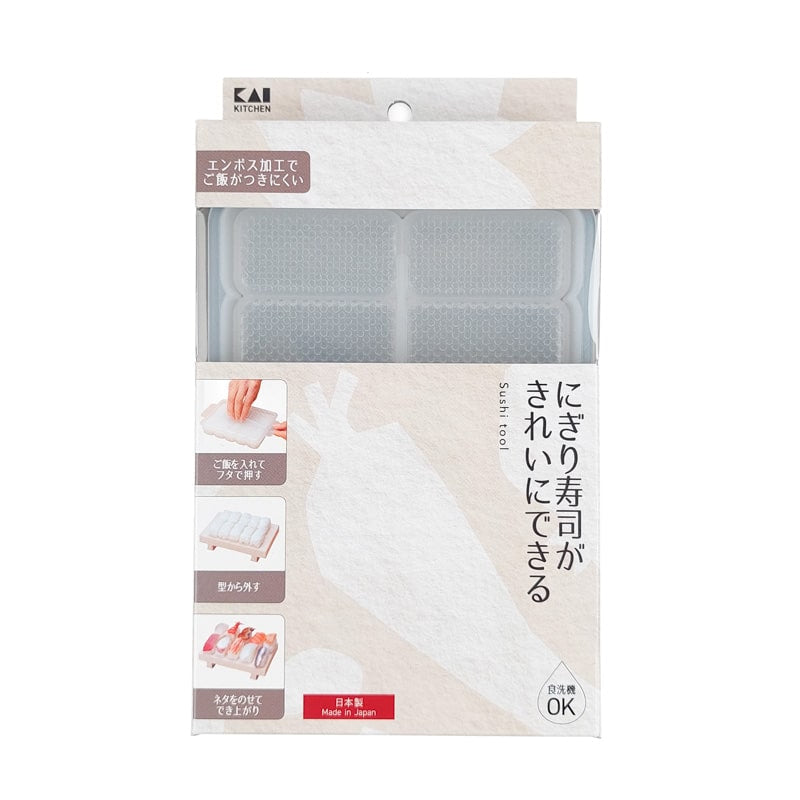
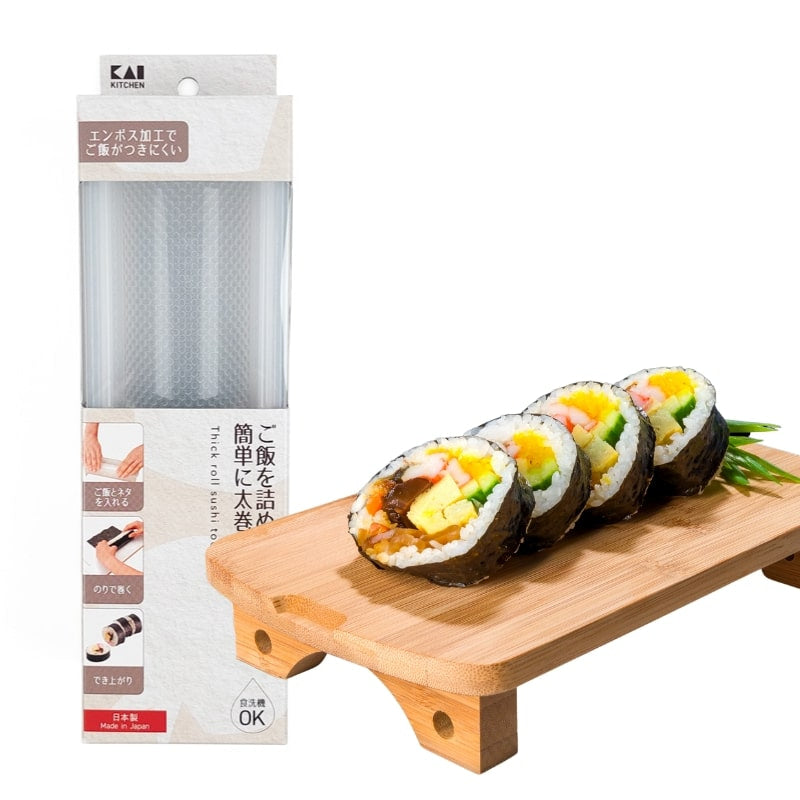

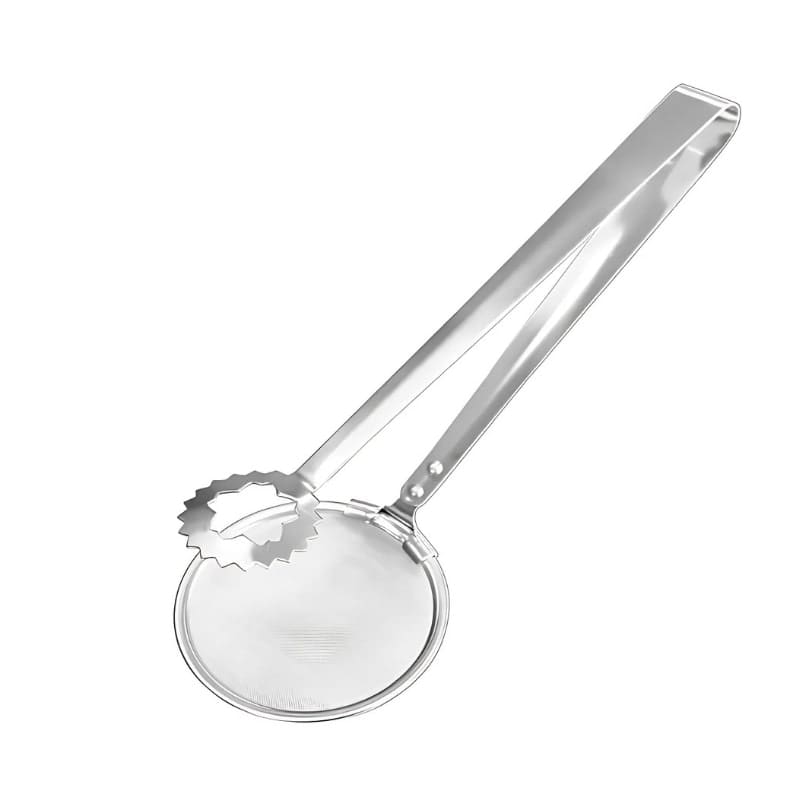
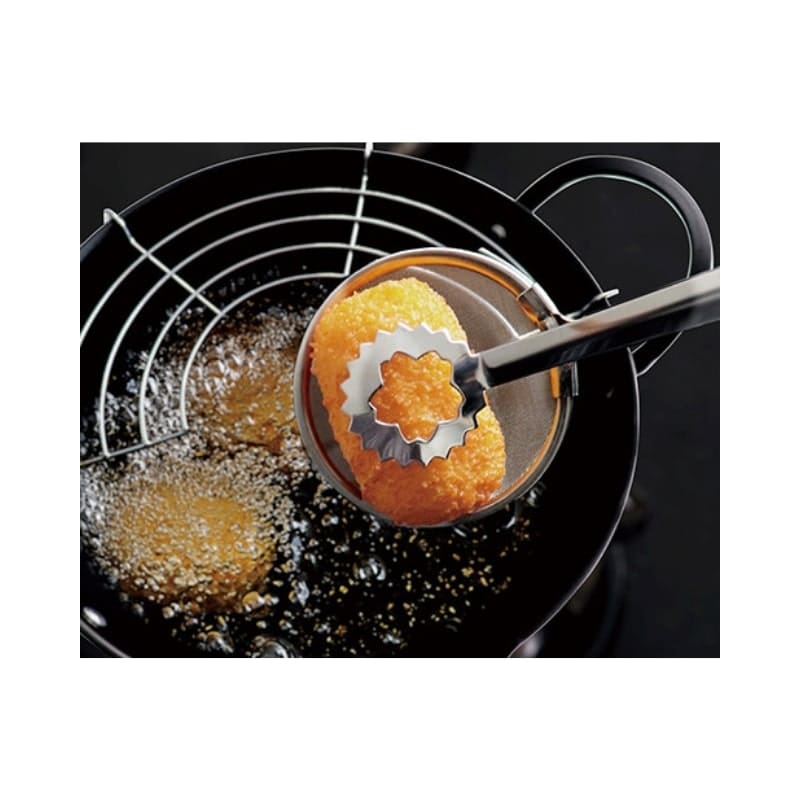
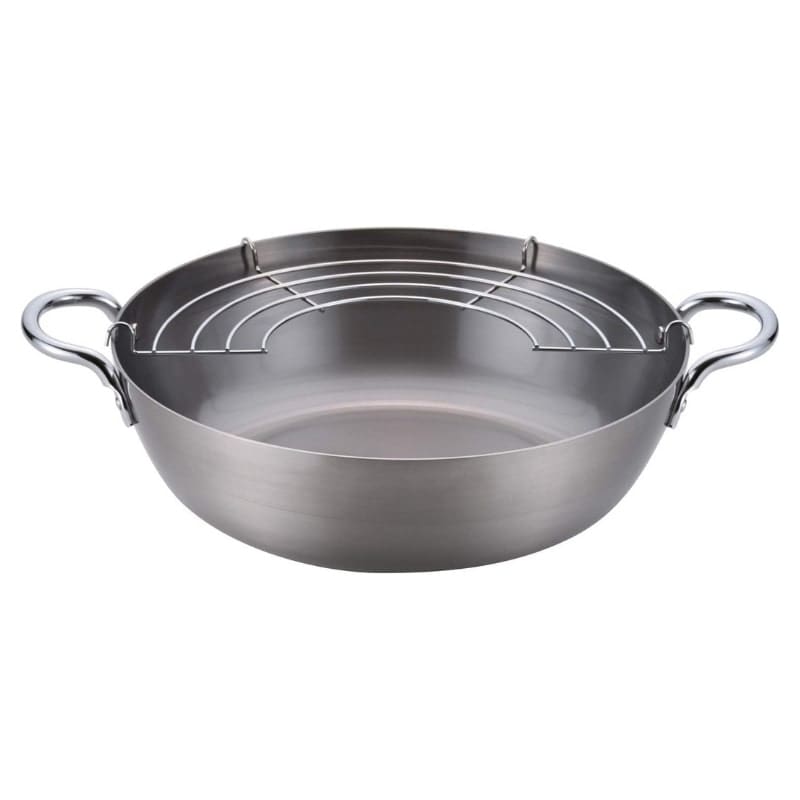
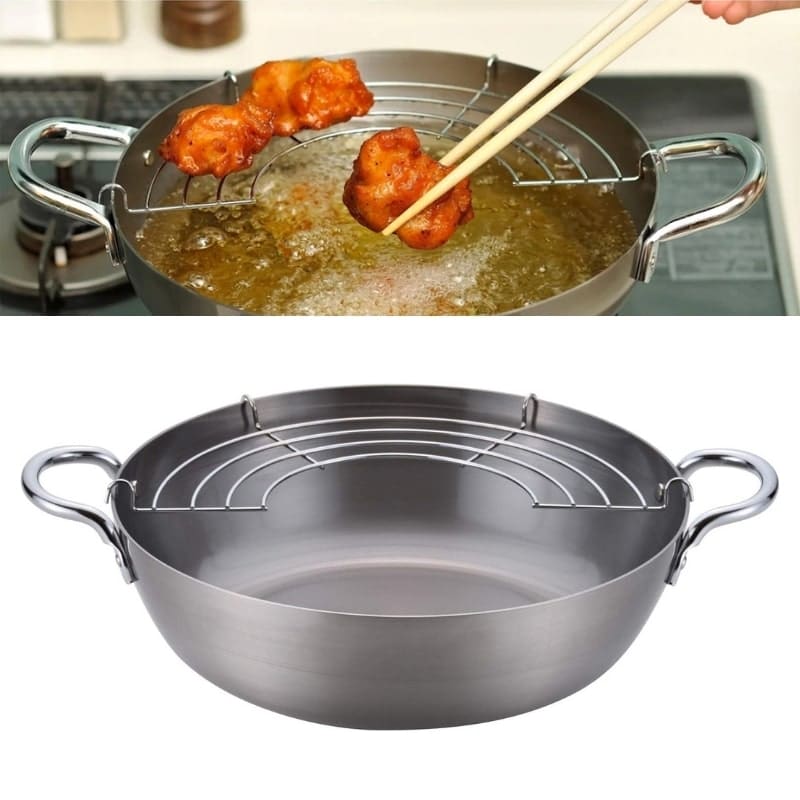
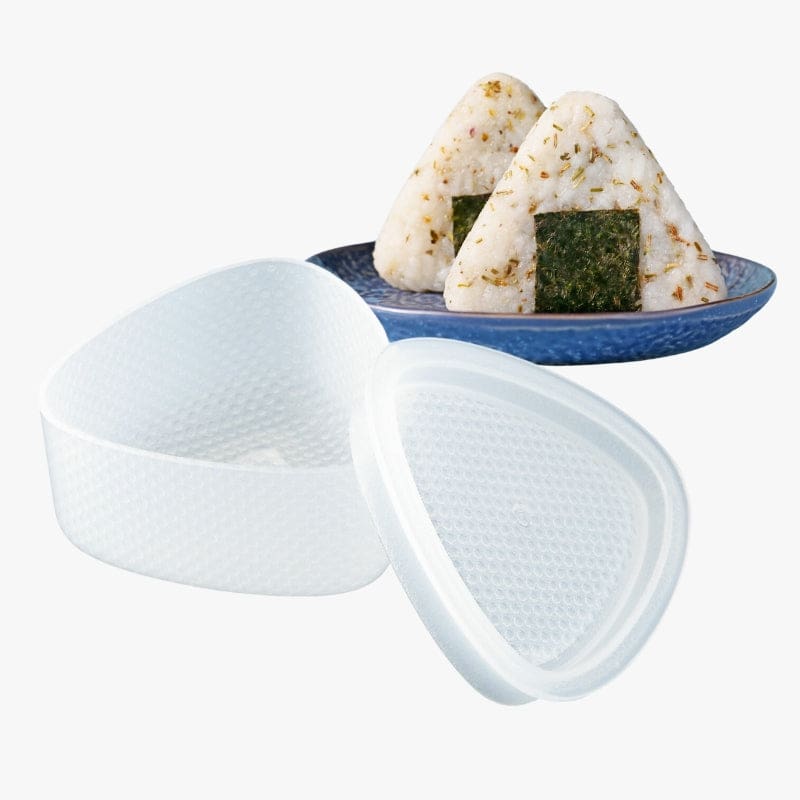
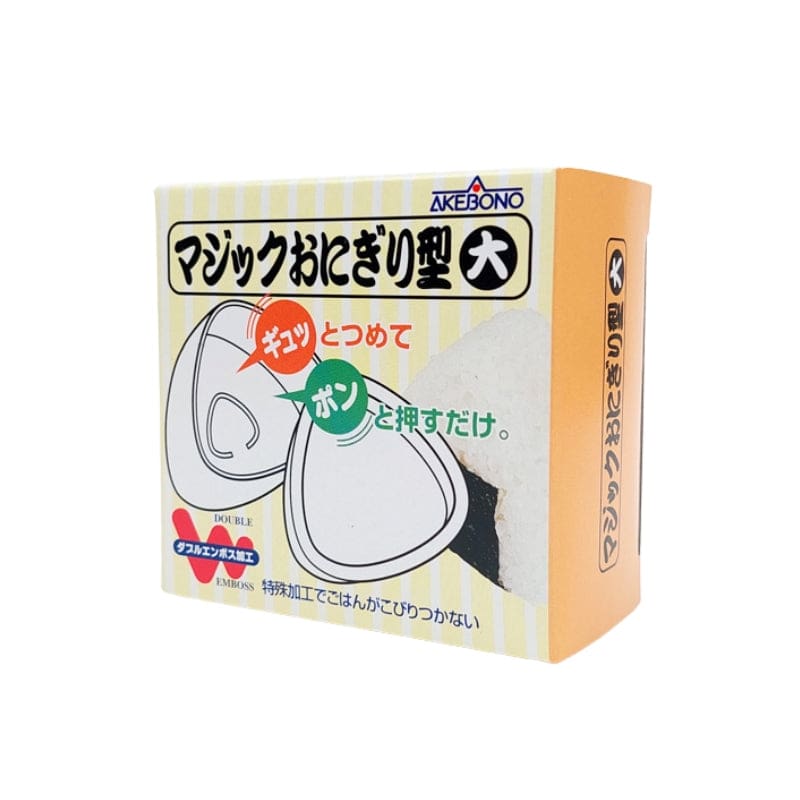
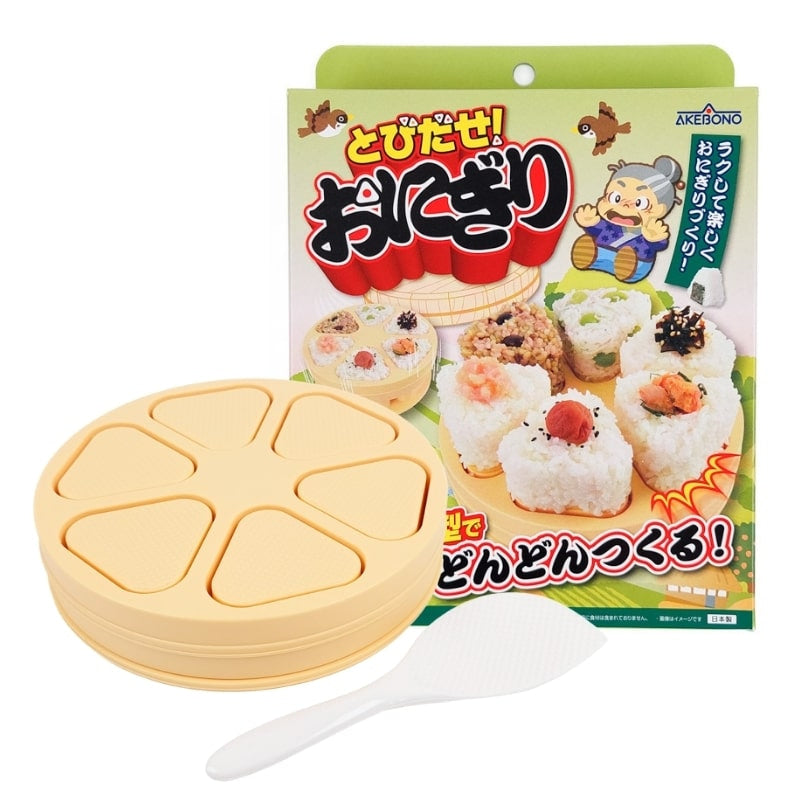

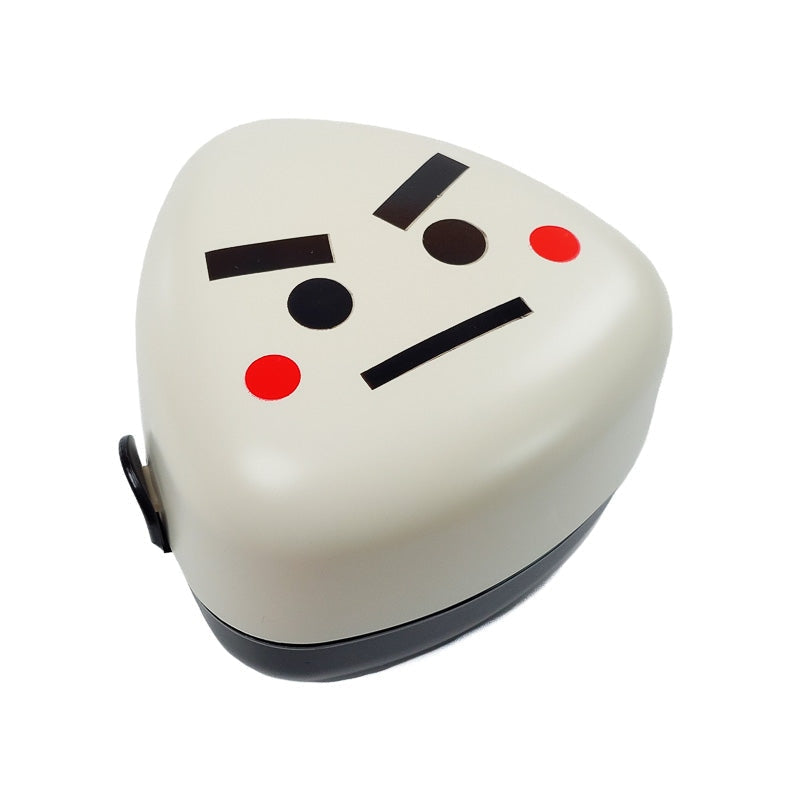
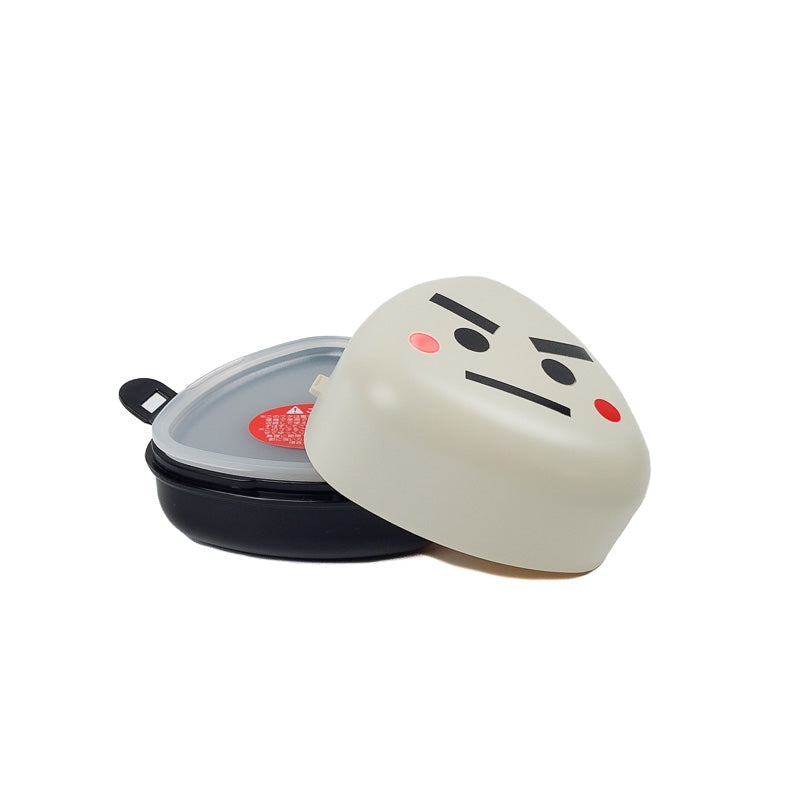
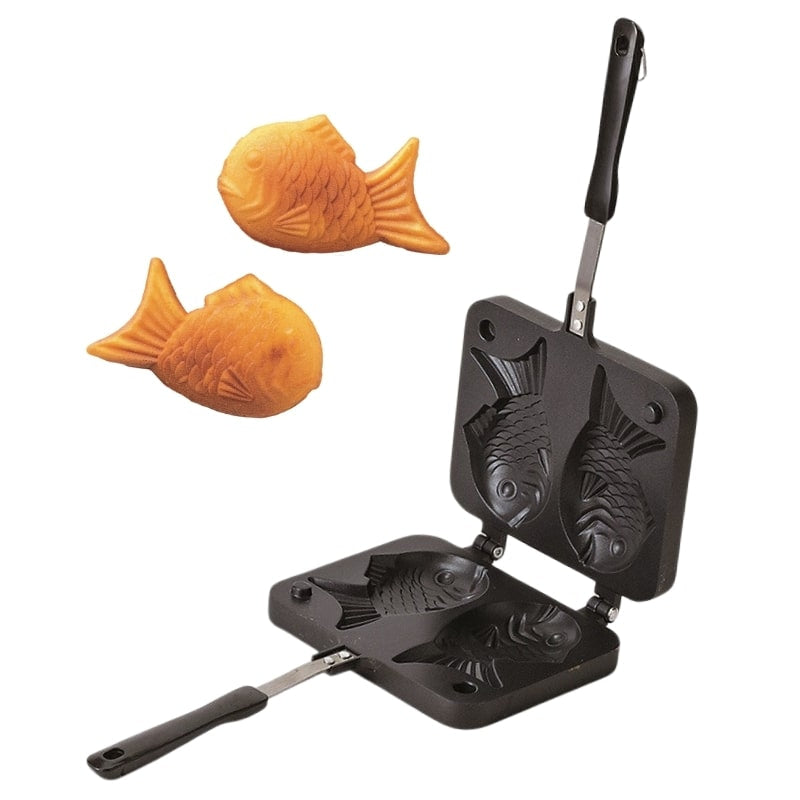
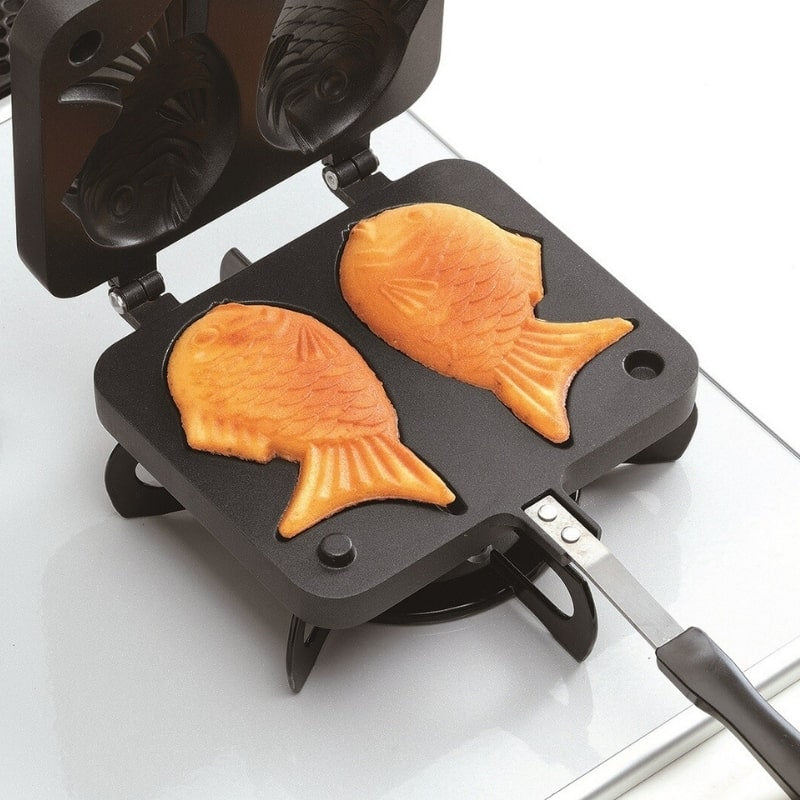
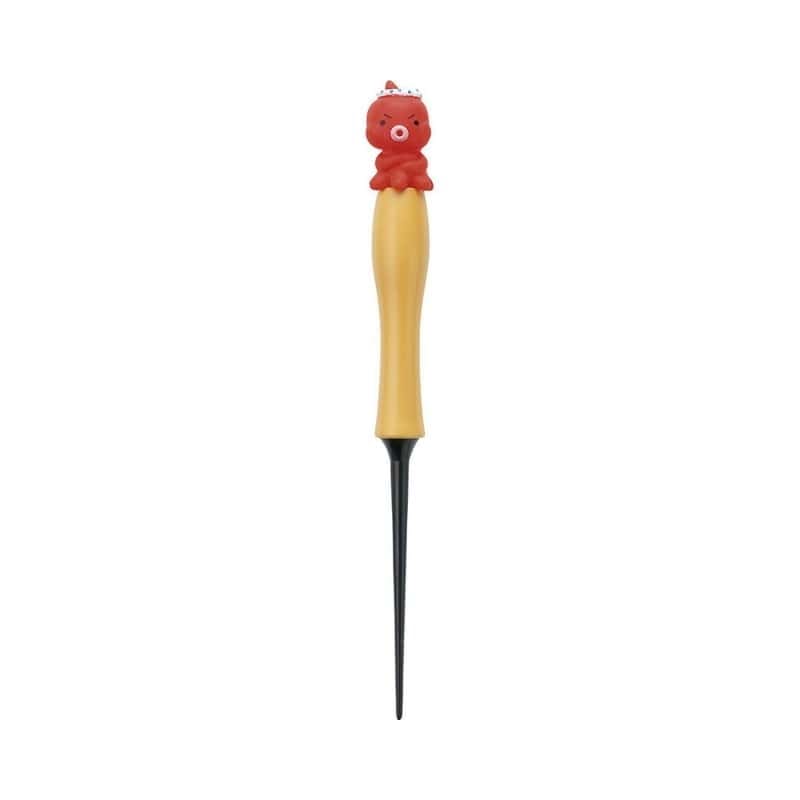
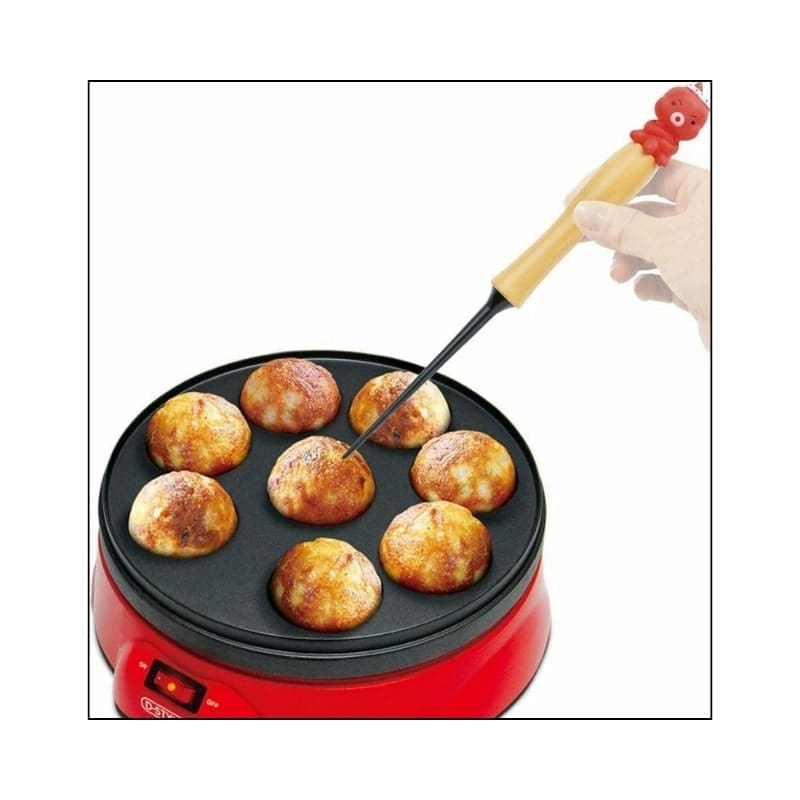
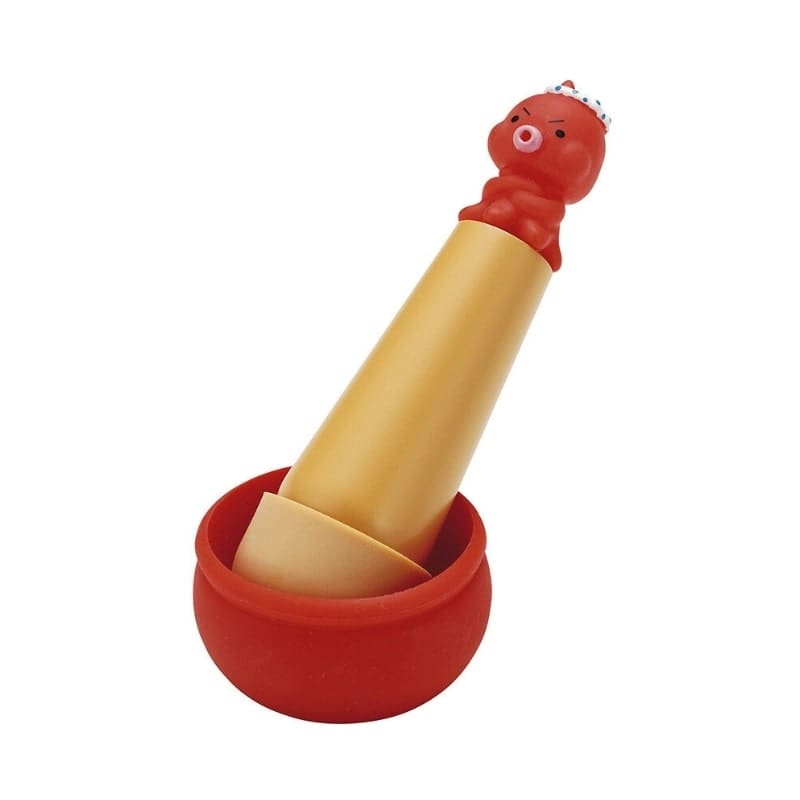
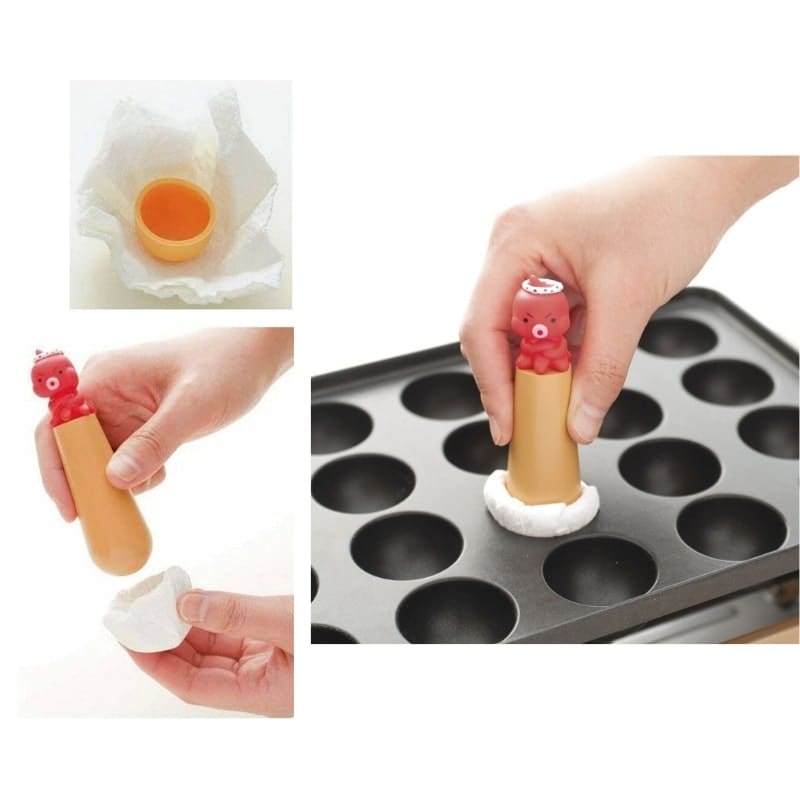
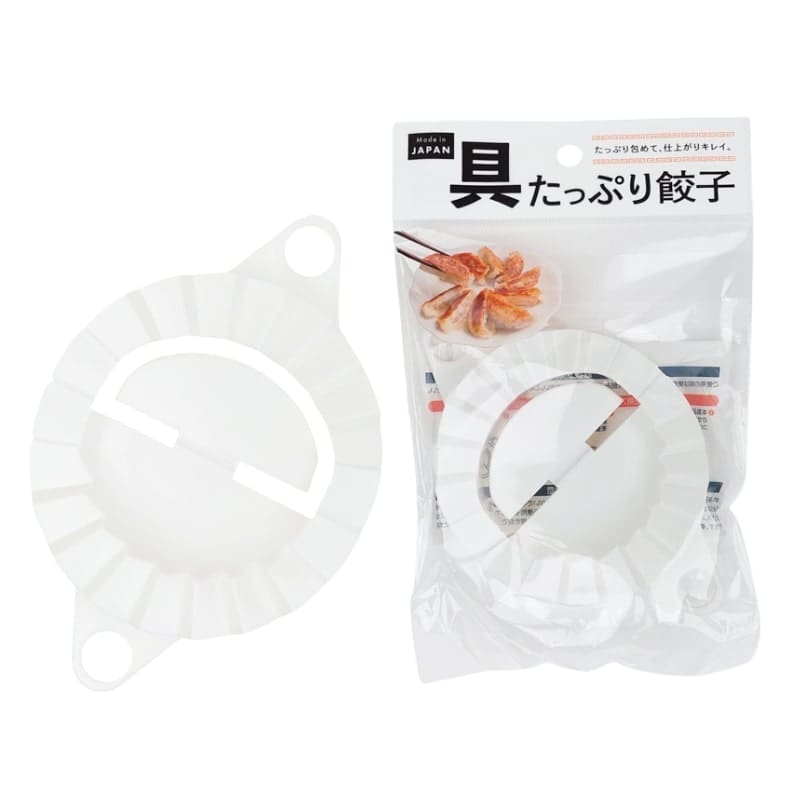
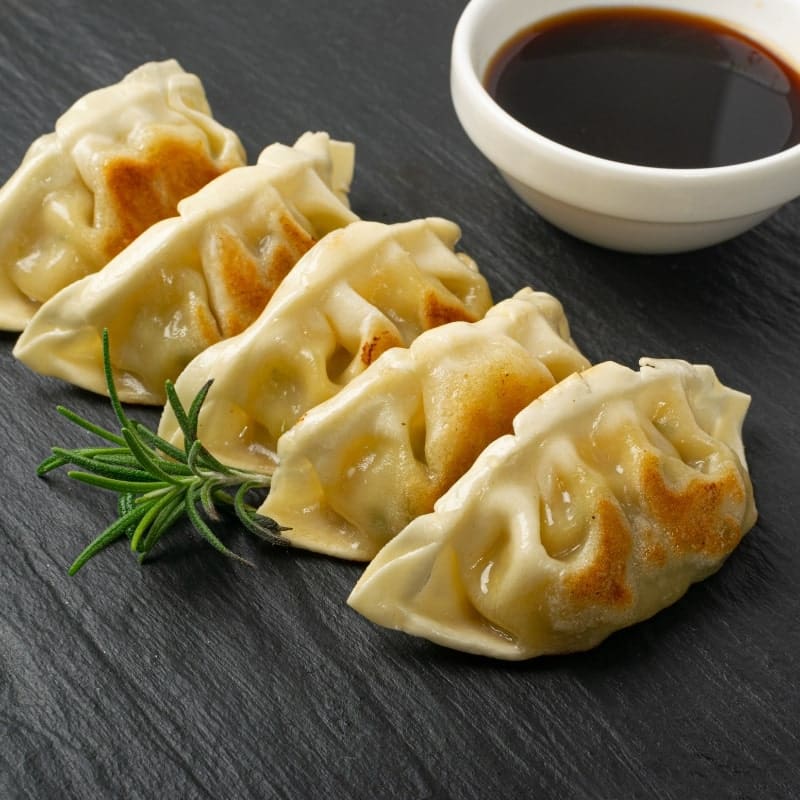
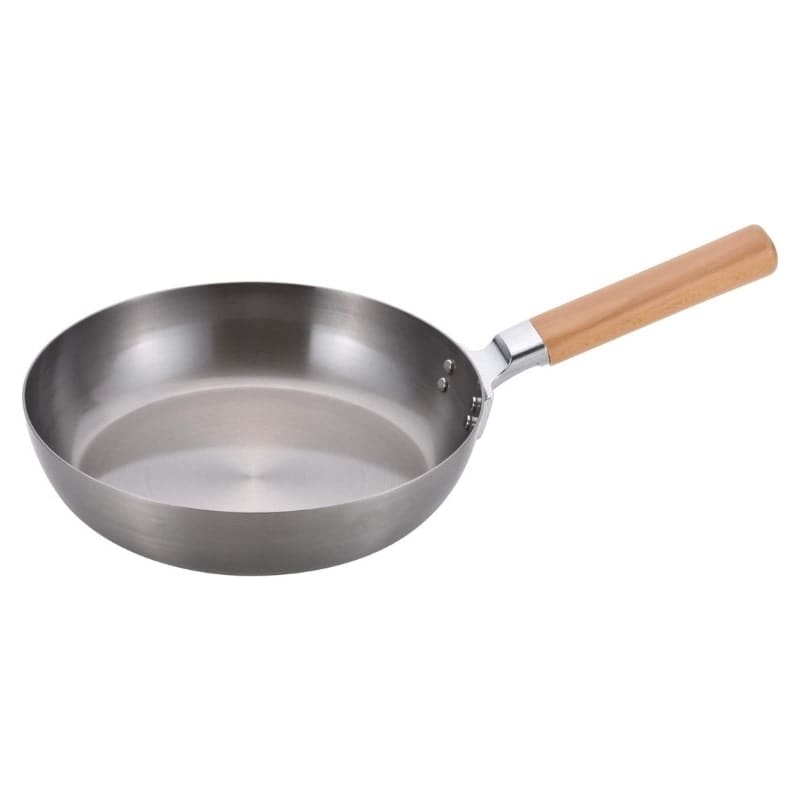
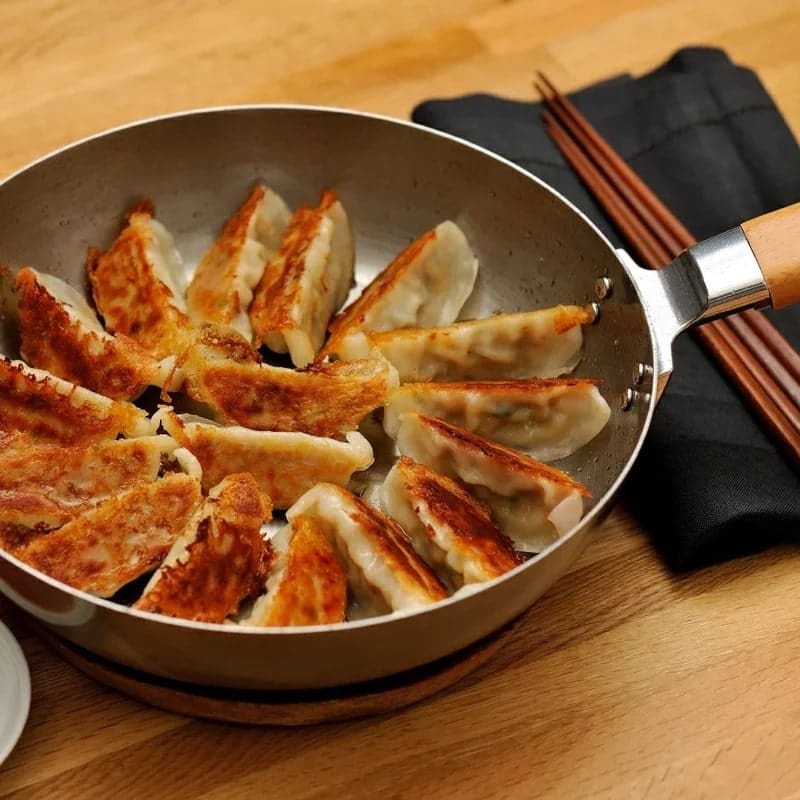

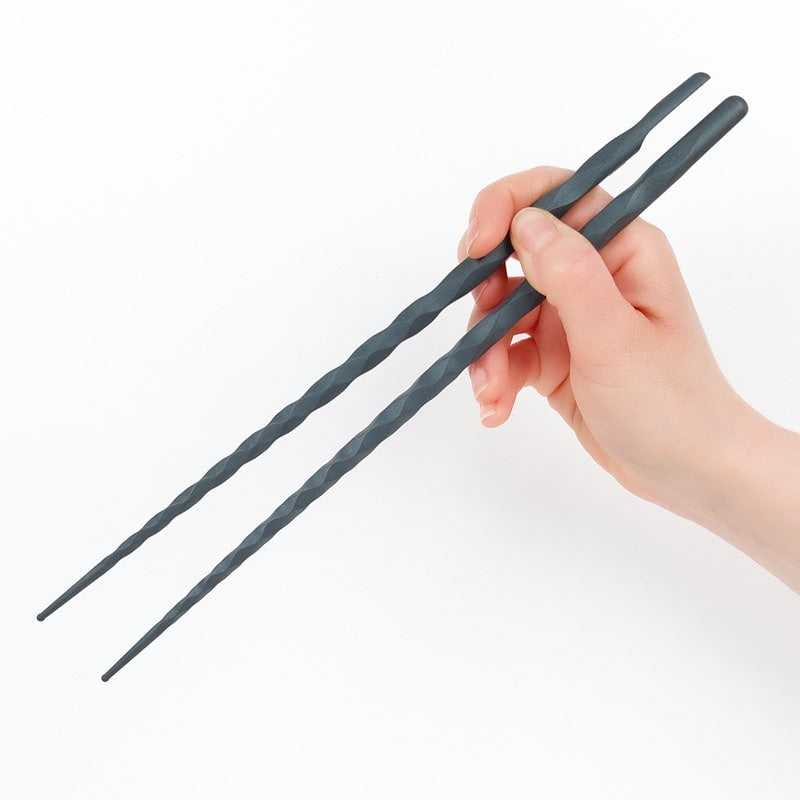


1 comment
lillith
all of those dishes looked UMAI!!!!!!!!!!!!!!!
all of those dishes looked UMAI!!!!!!!!!!!!!!!